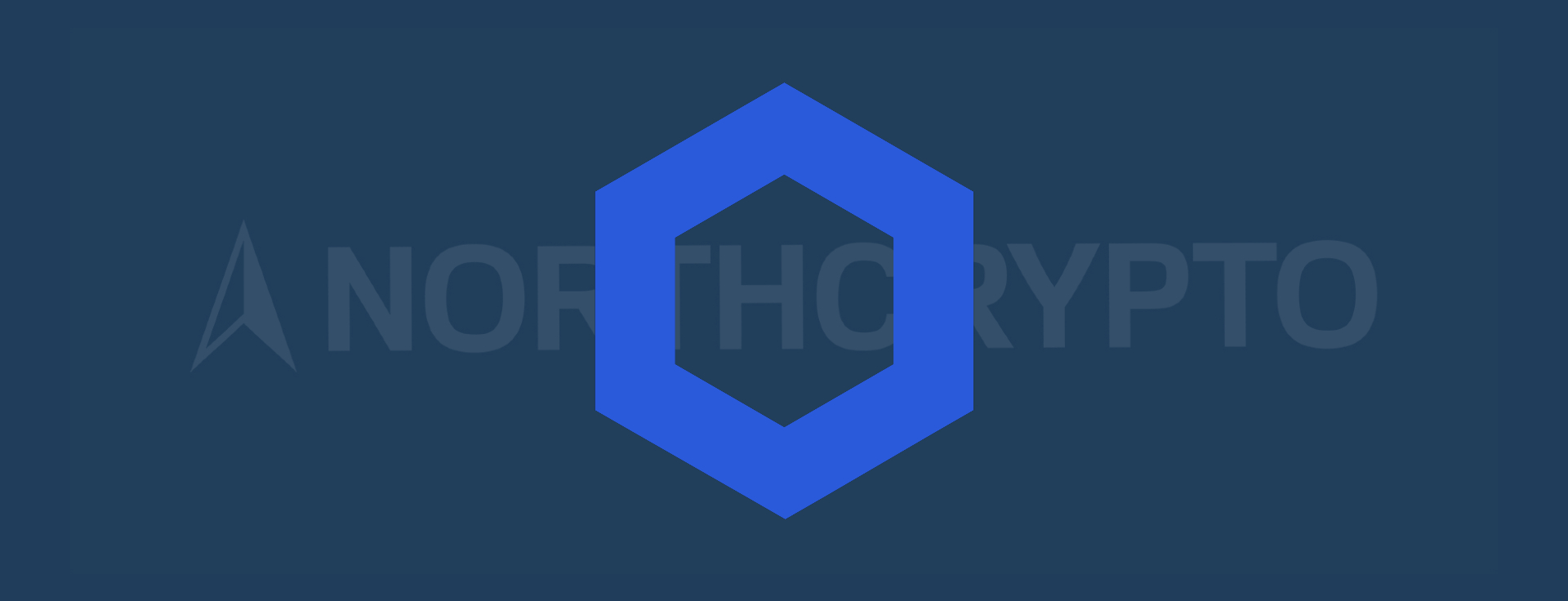What is {{chartFullCurrency}}?
{{chartFullCurrency}}'s price
{{chartFullCurrency}}'s price
{{chartFullCurrency}}'s price
{{chartFullCurrency}}
{{rate}}€
{{changePercent}}%
Buy cryptocurrencies safely & effortlessly
Create an account and start investing to cryptocurrencies with Northcrypto.
Start investingAave is one of the largest and most popular DeFi (Decentralized Finance) protocols in the world. In practice, DeFi means that traditional financial services are brought on a decentralized blockchain, eliminating the need for third parties such as banks. Most of the DeFi services, including Aave, have been developed on top of the Ethereum blockchain.
Aave is currently the world’s most popular decentralized peer-to-peer loan service. Users can either earn interest by depositing funds into the service or borrow funds deposited by other users into the service. All this is possible without third parties, such as banks. Aave’s range of services is constantly growing, and at some point, we may be in a situation where Aave enables its users even more diverse services than several traditional banks.
Aave is a distributed, open-source DeFi protocol that also has its own token called AAVE. The AAVE token is the governance token of Aave. The AAVE token owners can vote on the Aave development and thus influence the protocol’s direction with their actions. In addition to this, Aave also has a staking feature, where AAVE token owners can lock their AAVE tokens to the service if they wish. At this point, it is good to remember that stacking an AAVE token is a different matter from the loan service mentioned earlier in the text, where it is possible to get an annual interest rate on your deposit. Aave staking is a protocol security mechanism that prevents liquidity problems and protects the funds of depositors of the service in a sudden market crash. By stacking an AAVE token, it is also possible to get interest income in exchange for tokens deposited in the service. Of course, interest is also paid in the AAVE tokens.
Aave does not have its own blockchain, and the protocol works like most other DeFi protocols on top of the Ethereum blockchain. Aave currently supports several cryptocurrencies built on top of the Ethereum blockchain, and the range of services is constantly growing. Something about Aave’s popularity tells that Aave is one of the most significant DeFi protocols in the world in terms of the amount of wealth locked into its protocol.
The history of Aave
Aave was founded in 2017. The founder and current CEO of Aave is Stani Kulechov. Aave is currently headquartered in London and employs many of the most skillful experts in the cryptocurrency world.
Aave was initially known as ETHLend (Ethereum Lending). In 2017, ETHLend provided ICO (Initial Coin Offering), and raised $ 16.2 million in funding. Next year ETHLend changed its name to Aave. In connection with the name change, the operating model of the service was also changed. Because of the new operating model, it was easier to provide liquidity to the protocol.
The Aave protocol began operating on the Ethereum network in January 2020. In 2020, Aave also received a UK Financial Conduct Authority license, making Aave the official electronic money institution. Aave has been one of the most prominent pioneers of DeFi protocols from the very beginning and has determined the entire DeFi sector’s direction through its activities.
Aave has continued to evolve as the 2020s progress. At the end of 2021, the institutional-only Aave Arc lending protocol was released, which complies with KYC and AML standards for customer due diligence and anti-money laundering. The third version of Aave, Aave V3, was released in early 2022. The latest version of Aave works not only on Ethereum but also on several other platforms, including Polygon, BNB Chain, and Arbitrum.
Aave operating principle
The various DeFi protocols enable an open market for everyone, which works much more efficiently than the traditional banking system. DeFi brings services familiar from traditional banks from existing centralized systems to completely new decentralized systems. The advantages of Aave and other DeFi protocols over current centralized networks are undeniable. One of the essential features which separate Aave from centralized systems is openness. Aave operates on an open blockchain, so the operation of the Aave is entirely transparent. The Aave protocol users and those who invest in the AAVE token know the project’s current development.
Aave is a fully decentralized system, and the service itself doesn’t manage the cryptocurrencies deposited by users in the service. Thus, the Aave protocol users have ownership of the cryptocurrencies deposited in the service at all times. The ownership of the token does not pass to Aave at any stage of the process. Aave differs very much in its operating principle from traditional, centralized financial service providers.
Aave is a decentralized peer-to-peer loan service, so providing the liquidity made possible by lending is the service users’ responsibility. Aave users can earn interest income on the funds they deposit into the service. Aave gives depositors an amount of their own interest-bearing aTokenes (Aave interest-bearing token) equivalent to the deposit. Aave’s aTokens are created at the time of deposit and destroyed when the deposit is redeemed. For example, if you want to deposit Chainlink LINK tokens in the Aave protocol, you get the Aave’s aLINK token in return.
Aave aTokens allow user deposits not to be locked to the Aave protocol. The interest income accrued by the Aave aTokens enables you to withdraw more funds from the service than you have deposited initially when you redeem the deposit. Upon redemption of the deposit, the tokens will be exchanged back into the currency originally deposited in the protocol.
In addition to providing liquidity, it is also possible to borrow from the Aave protocol. Aave offers a fully automated loan service where anyone can borrow cryptocurrencies from the service without the cumbersome and time-consuming processes familiar with traditional banks. The most significant benefit of the Aave’s loan service is that it is possible to obtain liquidity by utilizing the service without selling the cryptocurrencies.
In practice, borrowing always requires over insurance, i.e., the amount of collateral must be significantly higher than the loan amount. The more significant the difference between the amount of collateral and the loan amount, the better the loan is protected from the borrower’s perspective. It is well known that the exchange rates of cryptocurrencies can change very quickly. A sudden and sharp fall in the exchange rate could lead to a situation where the Aave protocol automatically sells some of the collateral deposited to reduce the loan’s total amount.
Aave offers its users one of the broadest ranges of interest rates for DeFi services. Cryptocurrency borrowers can take advantage of various interest rate options ranging from fixed interest rates to variable interest rates. A wide range of different interest rates ensures that everyone can find the interest rate that best suits their preferences. Also, users can switch between different interest rates as needed.
Aave as an investment
Aave is one of the most popular DeFi protocols in the world. DeFi, on the other hand, is one of the most significant things made possible by cryptocurrencies and blockchain. Several experts believe that DeFi will change the way we use banking services in the future. DeFi is a unique entity with significant benefits over traditional systems.
Investing in Aave is possible by purchasing an Aave protocol’s token called AAVE. AAVE token owners can influence the development of the protocol and earn staking revenues for the tokens they have locked into the service. The exchange rate development of the AAVE token depends on the increase in the use of the Aave protocol and the popularity of DeFi services. Suppose people appreciate the benefits of DeFi services over the traditional system and start using DeFi services to an increasing extent. In that case, it will naturally also be reflected in the growing popularity of the Aave protocol. The exchange rate of the AAVE token, in turn, is completely tied to the popularity of the Aave protocol.
The Aave protocol is being actively developed, and in the future, the range of services offered by Aave will most likely grow. Aave has succeeded in providing its users with an easy-to-use and reliable DeFi protocol that constantly strives to evolve and create innovations. Aave has gained tremendous popularity among those who have invested in cryptocurrencies, and its story is just beginning.
Sign up now to invest in Aave


